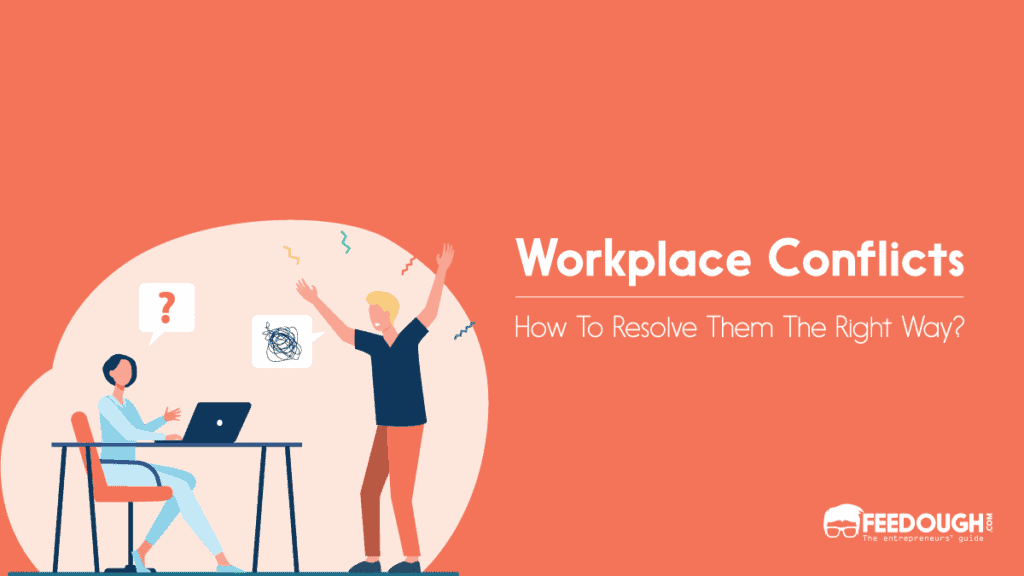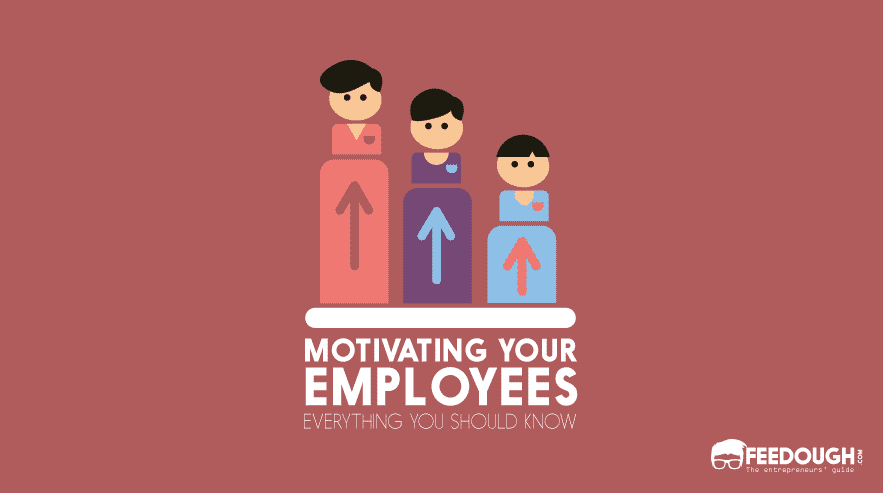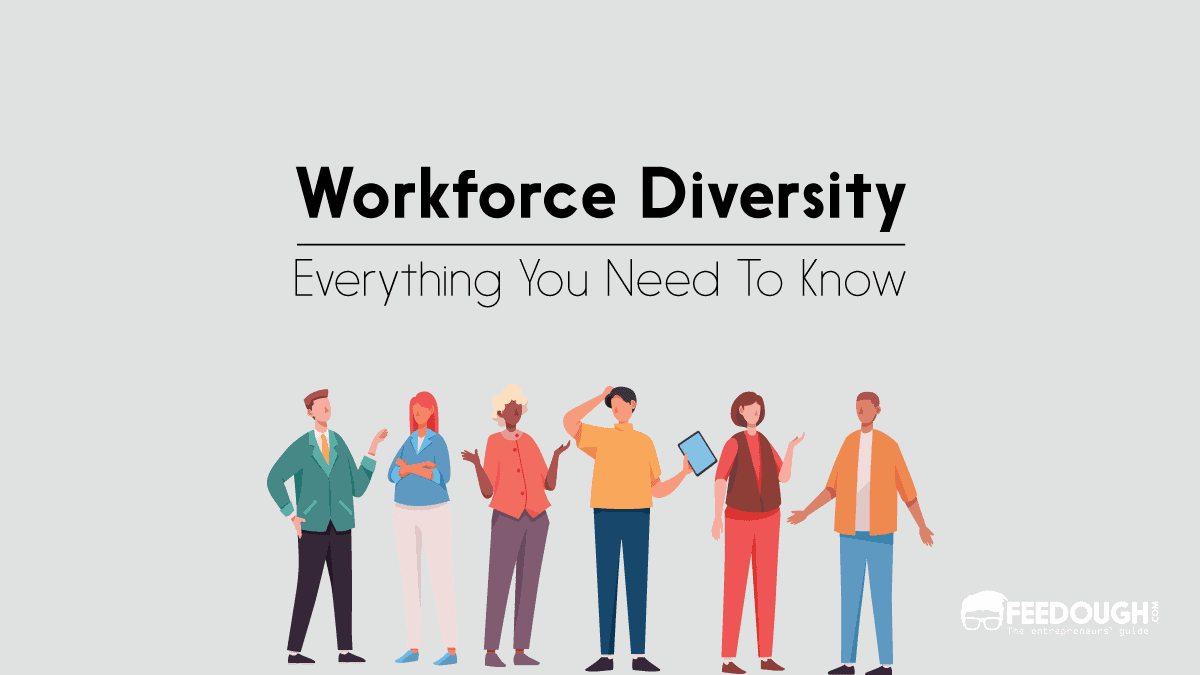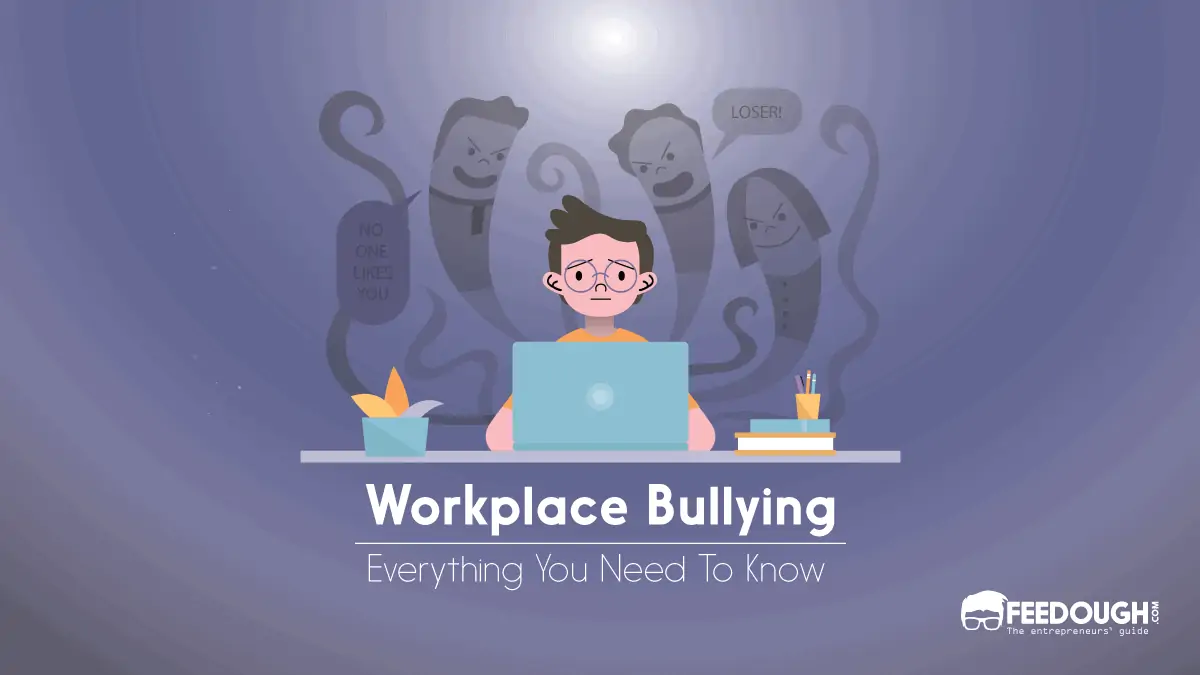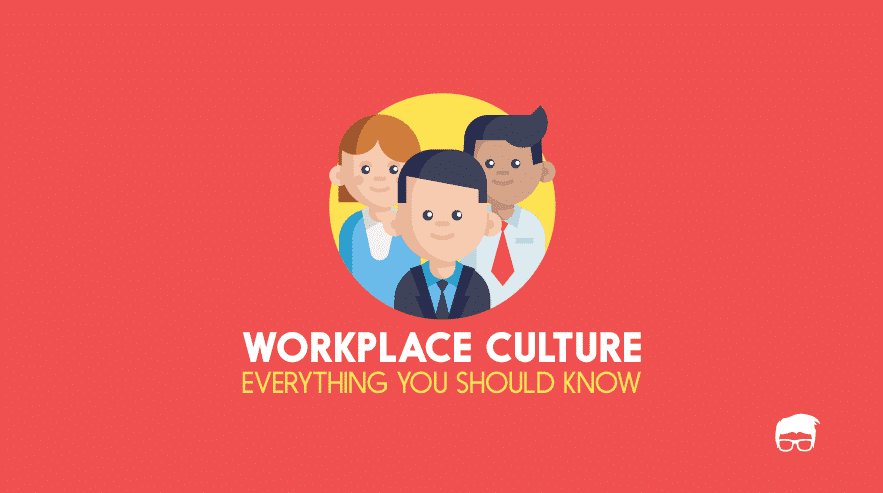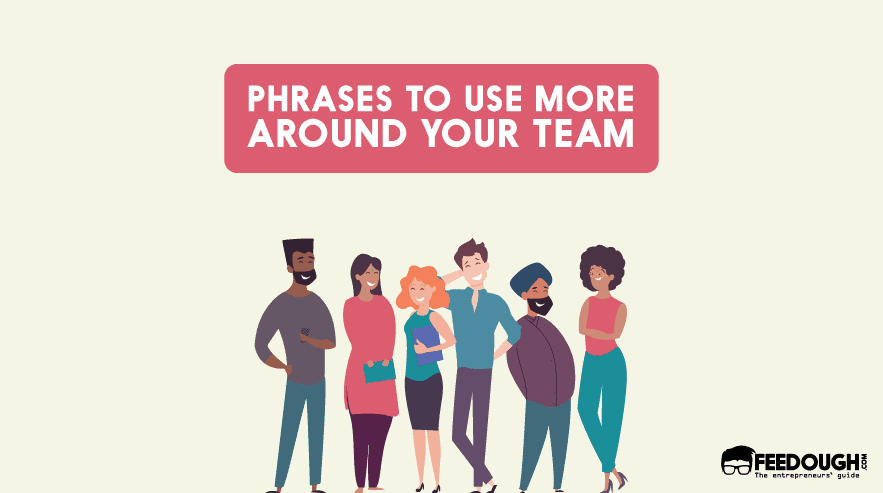If you have worked in a company, been in a team, or led a group of people, you have undoubtedly encountered coworkers who disagree. In fact, it is possible that you even find yourself in conflict with a colleague from time to time.
After all, 85 percent of employees deal with workplace conflict on some level.
Moreover, in the workplace and teams, when you’re not resolving a conflict, it can lead to things like:
- Low levels of motivation [among team members]
- Disengagement [on the part of employees]
- Unnecessary stress [for people who feel like they carry the burden of that unresolved conflict with them all day/that causes them to be distracted]
- Lack of creativity and stagnation
- Less collaborative work environments
Therefore, it is essential to lay out some steps that can be taken to help prevent or resolve conflicts among colleagues by teaching them how to make it a topic for discussion, rather than an issue they keep bottled up.
But what do you do when the workplace conflict becomes too much?
Understand The Usual Conflict Triggers
Workplace conflict is something that occurs relatively frequently. However, there are some situations where it becomes common, and others make resolving the conflict difficult. It is important to understand what these triggers are so you can be ready for them when they arise.
A few examples of workplace conflicts include:
- Unhealthy internal competition: Where colleagues are working against each other rather than with each other.
- Unclear or differing expectations for employees: When there are different ideas about the role of people in teams, this can be a common trigger of workplace conflict.
- Workplace bullying: This is when a colleague uses their influence or seniority to intimidate or humiliate another. This behaviour typically takes the form of verbal abuse and undermining someone’s authority by humiliating them in front of
- Opposing personal opinions: These occur because people have different views on things like how work should be done, the best way to accomplish a task, and which behaviors are acceptable.
- Different work styles: Work styles describe how people work and what is important to them. Differences in this area can lead to clashes between employees who value different things.
- Different career goals: This happens when colleagues have different aims for their careers, such as one person wanting to be promoted and another simply wanting a paycheck.
- Poor communication: that arises because employees don’t take the time to listen, or fail to express themselves clearly.
- External pressures: such things as deadlines, budget cuts, and organisational restructuring can be difficult for people to cope with.
- Bad leadership: If there is a lack of leadership from team leaders, or those in other social positions of authority, then people will feel that their needs are not being met and this could cause workplace conflict.
The Addressing Workplace Conflict Model
Never ignore a conflict situation, as it may come back to bite you. The key is to work on the conflict and resolve it, instead of ignoring it or letting it escalate further.
But remember, when trying to resolve a workplace conflict, you don’t always need a solution that will make everyone happy. You need a solution that will appease everyone enough that they can all move forward with their work and get on with their lives.
Here are four steps you take when trying to address a conflict:
Understand The Source Of Conflict
The first step to take when considering how to handle workplace conflict is to get right into the heart of things.
This means you need to be a good listener and try to understand the source of the conflict. It becomes a lot easier to manage and resolve your conflicts when you do this because you can see what is happening from both sides.
To achieve this, establish an atmosphere that is conducive to open communication with those involved in the conflict. Get them to open up about their feelings and encourage all parties to share their opinions.
As you listen, don’t just try to understand the conflict better, but also consider how it makes others feel. Asking people how they feel about an issue is crucial because it allows everyone involved to be heard. Do this patiently, as trying to push an opinion on someone who doesn’t want to give it will only make matters worse.
Investigate The Situation Before Taking Action
After you have established what the conflict is about, it’s time to consider where the problem lies. This may be with one person or multiple people involved in the incident.
When you understand the source of the problem, then it’s time to investigate and deeply analyse. This is because there may be several reasons for a conflict, such as different expectations, poor communication, or outside pressures.
It may take some digging and talking to those involved in the conflict before you can figure out the cause. You may also consider consulting a third party like someone from HR.
Understanding the source of the problem allows you to resolve it in a manner that will most likely be effective and reduce workplace conflict in the future.
Explore The Possible Solutions
By this point, you should have a solid understanding of what triggered the conflict and who was involved. But to resolve the conflict, you need to explore possible solutions.
This doesn’t involve appeasing everyone involved in the conflict because that may not be possible.
You can follow this process:
- Determine the underlying need
- Find common areas of agreement
- Find solutions that address the above
Determine the underlying need
Find what the conflicting parties desire and need in order to bring peace and resolve the conflict. This may be a solution that benefits everyone and considers their opinions, or it may mean coming up with a way for them both to get what they want.
For example: If two departments are at odds because one department is not performing its duties satisfactorily, then you can sit down with both departments and discuss what the other’s expectations are. This way, you will come up with a solution that allows each department to get what they want (e.g. leaving them alone but communicating better).
Identify Common Areas Of Agreement
This is where the conflict becomes manageable.
Find out what the conflicting parties agree upon and find common areas of agreement.
For example, a disagreement between a contractor and an employee can be resolved when both parties agree they want to finish their job well within the time frame given. This means coming up with realistic deadlines for each task, so they can work efficiently without being rushed.
Finding solutions that address the common areas of agreement makes it easier to resolve conflict because now you have a clear target.
Identify Solutions That Address All Parties
This is where you can come up with possible resolutions to bring peace and end the conflict.
Make sure these resolutions should address the common areas of agreement and what each party wants.
For example, if the contractor and employee agree that they want realistic time frames for each task, then coming up with simple deadlines that are feasible will work well.
Moreover, make sure that your priority is to:
- Prevent the conflict from escalating
- Work towards meeting everyone’s needs as much as possible
- Resolve the root cause of the conflict
To prevent the conflict from escalating, you may need to take swift and effective actions. This means imposing consequences for those who have done something wrong or where there is a threat of escalation. However, remember to meet everyone involved in the conflict halfway if possible.
You can’t make everyone happy. But, you can figure out what is most important for each party and work to meet their needs as much as you can. Realise that this does not mean appeasing everyone just to see the conflict end – this will only give an appearance of peace without resolving anything.
Resolving the root cause of the conflict makes it easier to prevent workplace conflict in the future. It will often help to try and manage conflict when it arises.
Convey The Resolution In An Acceptable Way
Communication is important in resolving conflicts.
The best way to communicate the resolution is to first let everyone involved know what you plan on doing. This way, they can voice their concerns and properly convey why each person needs to be met halfway.
You should also reassure them that you are taking action because this will prevent further escalation or conflict in the future.
Further, it’s best to use a tonality that is as calm as possible since this implies that you are in control of the conflict.
Remember that you are trying to resolve the conflict, not win every point or show how much smarter you are.
You can’t win an argument if you want to resolve the conflict.
If you show that yours is a power position, it will be much more difficult to come up with a practicable solution, and peace will not be achieved.
And finally: leave room for discussion and disagreement. Remember: there is no perfect resolution and everyone has their own interests and needs!
This will also make it easier to get things done
Workplace Conflict Resolution Do’s & Don’ts
Conflicts are inevitable in the workplace. Here are some quick do’s and don’ts to help you address conflict:
Do’s:
- Mediate quickly
- Communicate privately
- Try to involve as few people as possible at one time
- Address the root cause of the conflict
- Look for areas of agreement while working towards the root cause of the conflict
- Don’t get personal
- Keep away from power struggles
Don’ts:
- Avoid jumping to conclusions
- Don’t hold in anger or frustration
- Don’t be afraid to apologise if necessary.
- Know your limits to avoid going overboard or taking things too seriously.
- Find ways to resolve conflicts, not to win them.
- Take action only when you’re able to meet everyone’s needs as much as possible
- Avoid getting caught up in winning or losing.
- If you find yourself constantly mediating and resolving conflicts, this may signify that certain things need to change in your workplace.
Remember: conflict is inevitable but not insurmountable!
Go On, Tell Us What You Think!
Did we miss something? Come on! Tell us what you think about our article on resolving workplace conflicts in the comments section.
A startup consultant, digital marketer, traveller, and philomath. Aashish has worked with over 20 startups and successfully helped them ideate, raise money, and succeed. When not working, he can be found hiking, camping, and stargazing.
